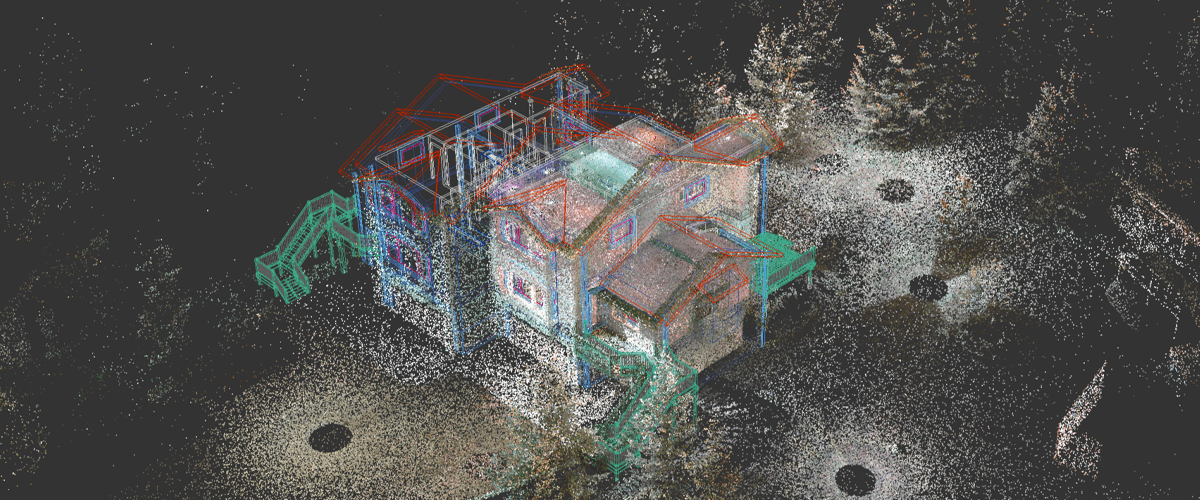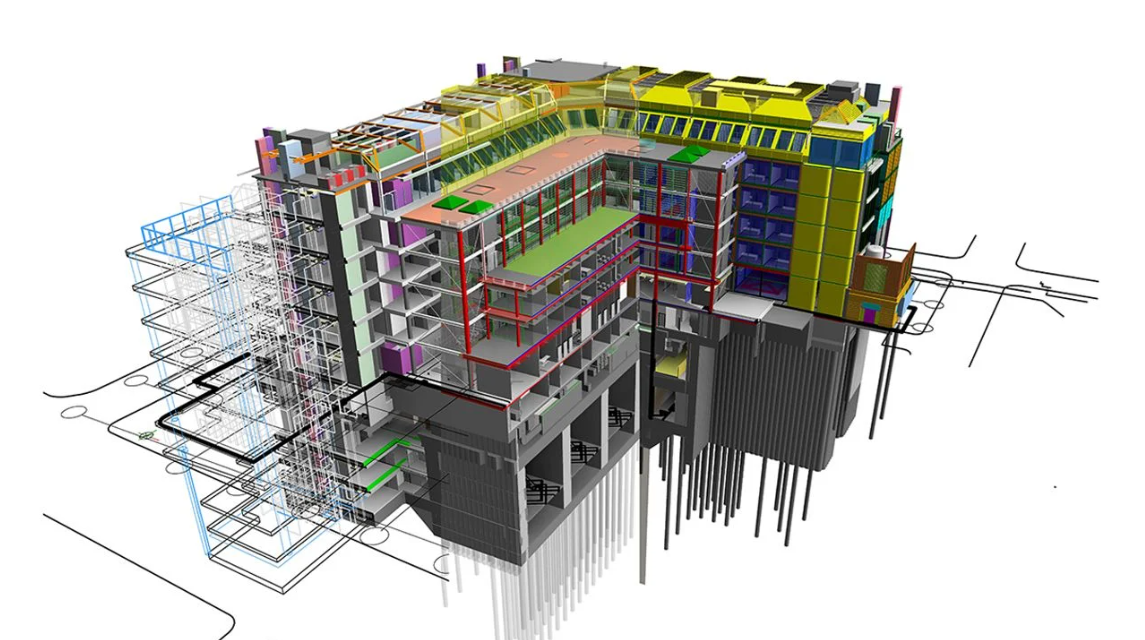In architecture, engineering, and construction (AEC), As-Built Models are indispensable tools.
These models serve as accurate representations of structures or systems after construction, crucial for maintenance, renovations, and future planning. However, creating these models by hand can be a complex and error-prone process, fraught with challenges that can compromise accuracy and efficiency. In this article, we’ll explore five common pitfalls encountered when building As-Built Models manually and discuss strategies to mitigate them.

- Inaccurate Measurements: One of the primary challenges in manual As-Built modeling is ensuring precise measurements. Human error, equipment limitations, and environmental factors can all contribute to inaccuracies. Additionally, converting physical measurements into digital representations introduces opportunities for mistakes. Even a small measurement discrepancy can have significant implications for the overall model accuracy. To mitigate this risk, employ rigorous quality control measures, double-check measurements, and utilize advanced surveying tools whenever possible.
- Incomplete Documentation: In a manual modeling process, capturing all relevant data can be challenging, leading to incomplete documentation. Missing information can range from subtle details to critical structural components, impacting the model’s comprehensiveness and usability. To address this issue, establish comprehensive documentation protocols from the outset of the project. Conduct thorough site surveys, communicate effectively with stakeholders, and leverage digital tools such as 3D laser scanning to capture every detail accurately.
- Time-Consuming Process: Building As-Built Models manually is a time-consuming endeavor, requiring meticulous attention to detail at every stage. From data collection to model creation and validation, each step demands significant time and effort. Moreover, manual processes are inherently slower compared to automated or semi-automated techniques. To streamline workflows and accelerate the modeling process, consider implementing innovative technologies like Building Information Modeling (BIM) software, which offers robust tools for data integration and visualization.
- Lack of Consistency: Maintaining consistency throughout the As-Built modeling process can be challenging, particularly when multiple individuals are involved in different phases of the project. Discrepancies in modeling standards, terminology, or methodology can lead to inconsistencies within the model, undermining its reliability and usability. To mitigate this risk, establish clear guidelines and standards for data collection, modeling techniques, and documentation procedures. Encourage regular communication and collaboration among team members to ensure consistency across all project stages.
- Limited Scalability and Flexibility: Manual As-Built modeling processes often lack scalability and flexibility, making it difficult to adapt to evolving project requirements or accommodate changes over time. As projects grow in complexity or scope, manual methods may become increasingly cumbersome and impractical. To overcome this limitation, embrace digital transformation and adopt scalable technologies that offer flexibility and adaptability. Explore cloud-based platforms, collaborative tools, and modular modeling approaches that can accommodate changing project dynamics and support long-term sustainability.

In conclusion
While manual As-Built modeling can be a viable approach, it comes with inherent challenges that must be addressed to ensure accuracy, efficiency, and reliability. By recognizing these common pitfalls and implementing proactive strategies to mitigate them, AEC professionals can enhance the quality of As-Built Models and optimize project outcomes. Embracing technological innovations, standardizing processes, and fostering a culture of continuous improvement are essential steps toward overcoming the challenges of manual modeling and unlocking the full potential of As-Built data.
